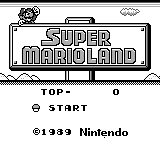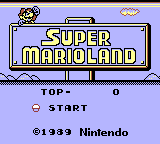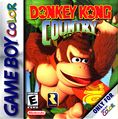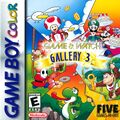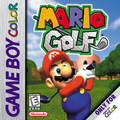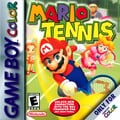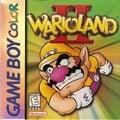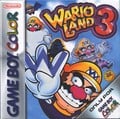Game Boy Color: Difference between revisions
m (→BIOS Colors) |
(I think this article is lacking a lot of information, like accessories, IR port use (Super Mario Bros. Deluxe), etc.) |
||
| Line 1: | Line 1: | ||
{{redirectshere|GBC|Game Boy Camera|[[Game Boy Camera]]}} | {{redirectshere|GBC|Game Boy Camera|[[Game Boy Camera]]}} | ||
{{rewrite-expand}} | |||
{{System-Infobox | {{System-Infobox | ||
|Image=[[File:Game boy color.PNG|200px]] | |Image=[[File:Game boy color.PNG|200px]] | ||
Revision as of 20:35, December 17, 2016
It has been requested that this article be rewritten and expanded to include more information.
Template:System-Infobox Template:LLQuote
The Game Boy Color is the successor to the Game Boy, Nintendo's third handheld system, and in some ways, the handheld counterpart of the Nintendo 64. It is similar to its predecessors, the most notable differences being that it is lighter, capable of displaying multiple colors and that the processing power is twice as fast. It is the final handheld to feature 8-bit graphics.
Some games made for the original Game Boy display more colors if played on a Game Boy Color. Other games were made exclusively for the Game Boy Color. The older versions could not play these, but the Game Boy Advance could. It also had the shortest lifetime of a Nintendo handheld, as it was discontinued in 2003, and the last game was released later the same year.
Like the original Game Boy, the Game Boy Color has the same buttons. These are ,
,
,
buttons and the
. There are no compatibility issues with games made for the original Game Boy being run on a Game Boy Color. All games, accessories that are programmed for a particular game (such as a Game Link Cable), and non-standard features (such as the camera protruding out of a Game Boy Camera cartridge) will work on a Game Boy Color. Playing games that didn't have any color can now be played in color using a color pallete by using a combination of
and
,
, or no additional button being pressed to select presets, similar to the Super Game Boy how someone can change the colors the typical monochrome display.
A device known as the Game Boy Horror, modeled after the Game Boy Color, appears in Luigi's Mansion.
Game Boy Color games are currently available through the Nintendo 3DS Virtual Console service.
Hardware Specifications
- CPU: Zilog Z80 (customized)
- CPU Speed: 8 Mhz
- RAM: 16 kB
- Resolution: 160x144 pixels (Same as Game Boy)
- Colors: 32,768 (15-bit RGB)
- Maximum number of colors on screen: 56
- Maximum sprite size: 8x16 or 16x8 pixels
- Maximum number of sprites on screen: 40 sprites, 10 per scanline (Same as Game Boy)
- Maximum number of colors on sprite: 4 (Same as NES)[1][2]
- Minimum/Maximum cartridge size: 256 kb - 16 mb (Same as Game Boy)
- Sound: 4 channels
BIOS Colors
These colors will also work on a Game Boy Advance and Game Boy Player when a Game Boy game is inserted.
| No input | 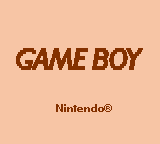 Brown |
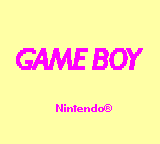 Pale Yellow[3]/Pastel Mix[4] |
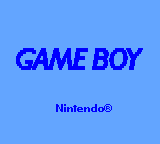 Blue |
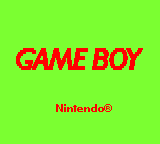 Green |
|---|---|---|---|---|
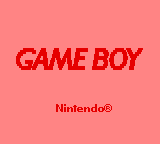 Red |
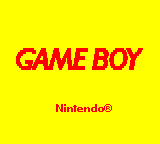 Orange |
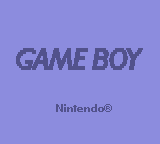 Dark Blue |
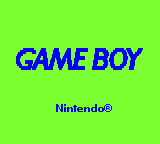 Dark Green | |
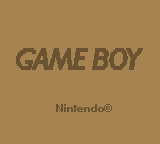 Dark Brown |
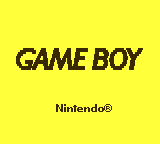 Yellow |
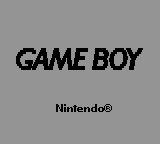 Gray |
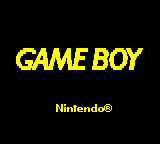 Reverse |
Sometimes the Game Boy Color can use an entirely different palate of colors. One such instance is Super Mario Land.
System gallery
- GBC Group.jpg
Different colors of the Game Boy Color
Game gallery
- Donkey Kong Land III GBC Japanese box art.jpg
- Gameandwatch2.jpg
- SMBDX Boxart.PNG
Trivia
- Despite being Nintendo's first color-capable handheld, the Atari Lynx is the first color-capable handheld ever.
- The Game Boy Color, the Nintendo GameCube, and the Wii U were all released on the same day of the year in the United States.
- This is Nintendo of Australia's first portable console.
- Each letter from the word "COLOR" in the logo is displayed in one of the system's five launch colors.
- In many English-speaking countries (e.g. Canada, Great Britain, and Australia), the correct spelling for color is colour. Despite this, the name of the console was never changed outside of America to reflect this difference.
| Game Boy Color games | |
|---|---|
| Super Mario franchise | Super Mario Bros. Deluxe (1999) • Mario Golf (1999) • Mario Tennis (2000) • Mobile Golf (2001) • Mario Family (2001) |
| Donkey Kong franchise | Donkey Kong GB: Dinky Kong & Dixie Kong (2000) • Donkey Kong Country (2000) |
| Wario franchise | Wario Land II* (1998) • Wario Land 3 (2000) |
| Other | Game & Watch Gallery 2* (1998) • The Legend of Zelda: Link's Awakening DX* (1998) • Game & Watch Gallery 3* (1999) |

